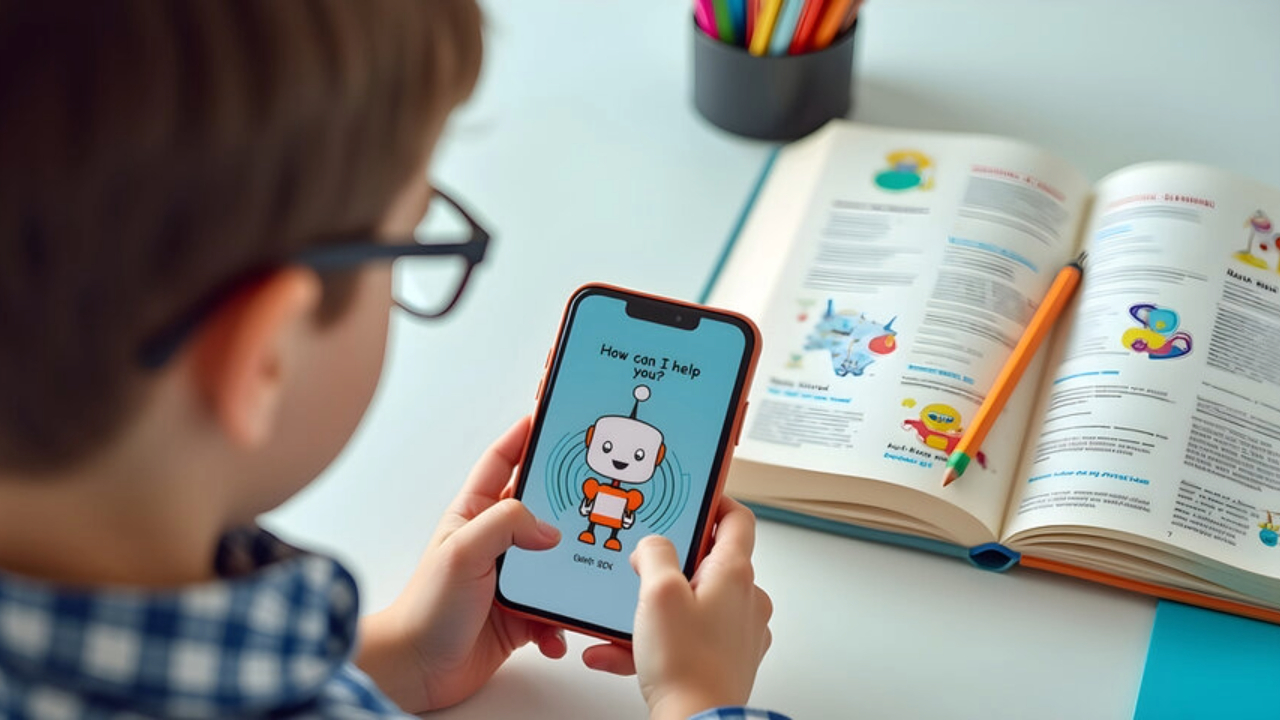Advancing your school’s digital strategy

There is growing evidence of its benefits, particularly in terms of students’ engagement – and it offers much more flexibility for teachers and students alike. Used as a supportive platform alongside traditional methods, teachers can instruct, question, challenge, support and give feedback – all with simple-to-use tools. In addition, blended learning can be a real game-changer for some students; allowing them to easily revisit learning resources and encouraging independent learning. Technology features and functions that support and enhance this kind of usability are certainly elements to think about as you compare and contrast different technology solutions.
Pedagogy and more
Of course, the overriding consideration for school technology is pedagogy and there are some truly excellent learning solutions on the market that can make a real difference to teaching and learning. But don’t forget that for a digital strategy to be at its most effective, it should also encompass the wider challenges that exist across the whole school – particularly the role technology can play in student safeguarding and pastoral care, on and off-site.
The ability for teachers to use technology to maintain one-to-one relationships with their students, whether in the classroom or remotely, is also vital. Quiet or vulnerable children can respond well to a more personal ongoing connection and become more absorbed in learning once away from the distractions of the class. In times of remote learning, these kinds of edtech solutions take on double significance as they are not just delivering the learning but reinforcing students’ sense of belonging to the class and school. This not only builds normality into their schedules but also provides reassurance when needed.
In addition, edtech that enables teachers to provide timely feedback to students about their progress (many found giving audio feedback a lifesaver during lockdowns) is critical to maintaining learning momentum and motivation, and especially so for remote learners.
The importance of impact
Currently, in the education sector, there is increasing emphasis being placed upon proving any given solution can have an ‘impact’. That is understandable; funds are scarce, and no school wants to actively waste money on products that do not live up to their hype. However, the quest for proof of impact should not rule out certain technologies that can still make a valuable contribution. Benefits come in all shapes and sizes. It's about saving time. It's about saving resources. It’s about promoting wellbeing – and much more. Some of those things are less tangible when it comes to measuring. For example, if we look at the last 18 months, we have all seen how tools such as Zoom and Microsoft Teams were critical in facilitating peer-to-peer and teacher-to-teacher engagement and collaboration. Those kinds of benefits are not things that necessarily filter through to school data and results, but they are nevertheless extremely valuable.
Making progress
There are three key points to remember as you advance your digital strategy:
- Make sure your plans stay simple. Complicated strategies (and/or revisions) are often less flexible and more likely to disenfranchise the whole school community. It's much easier to concentrate on one or two key changes and ensure sufficient time for CPD to build staff skills and confidence, than it is to try to introduce lots of changes at the same time.
- Remember that edtech is not always the solution. It is important not to fall into the trap of using technology for technology’s sake (a current example in the news is the controversial use of facial recognition technology to pay for school lunches), so be sure to think carefully about when it's actually needed and when it's not. Technology is not a quick fix for everything; it’s the correct applications that turn it into a valuable tool to streamline, enhance and bring genuine benefits to teaching and learning.
- Stick to your budget. Start by looking at where your existing technology can multi-task and bring you savings (in time, money or both) – and also at technologies that perhaps you're paying to lease or maintain, but you're not using. You can then re-direct the money saved to a different area of your strategy. Ensuring your plan is sustainable over time and that your existing technology will continue to add value will provide consistency for everyone.
Stay up to date
Subscribe to the free GESS Education newsletter and stay updated with the latest insights, trends, and event news every week. Your email address will remain confidential


